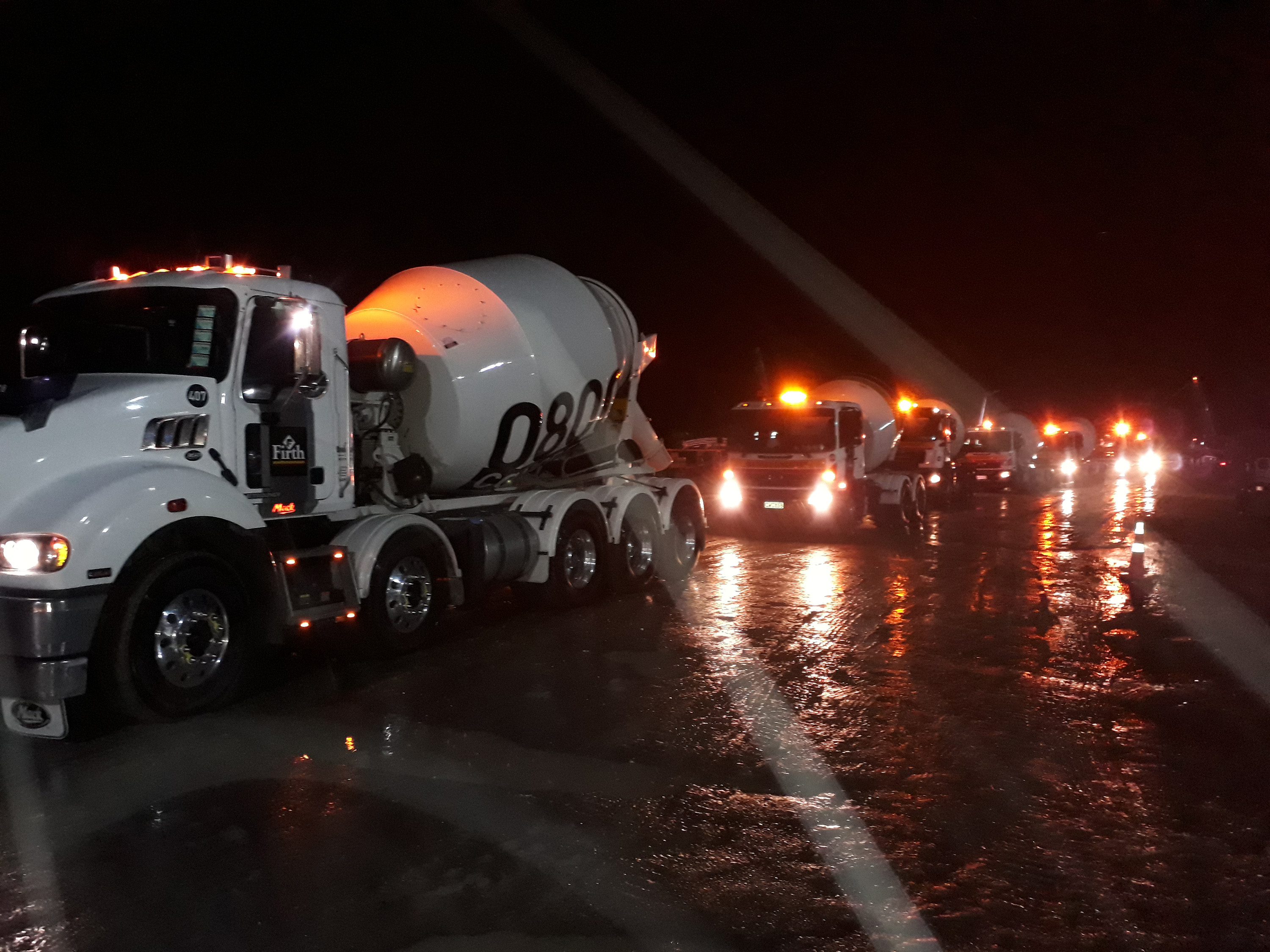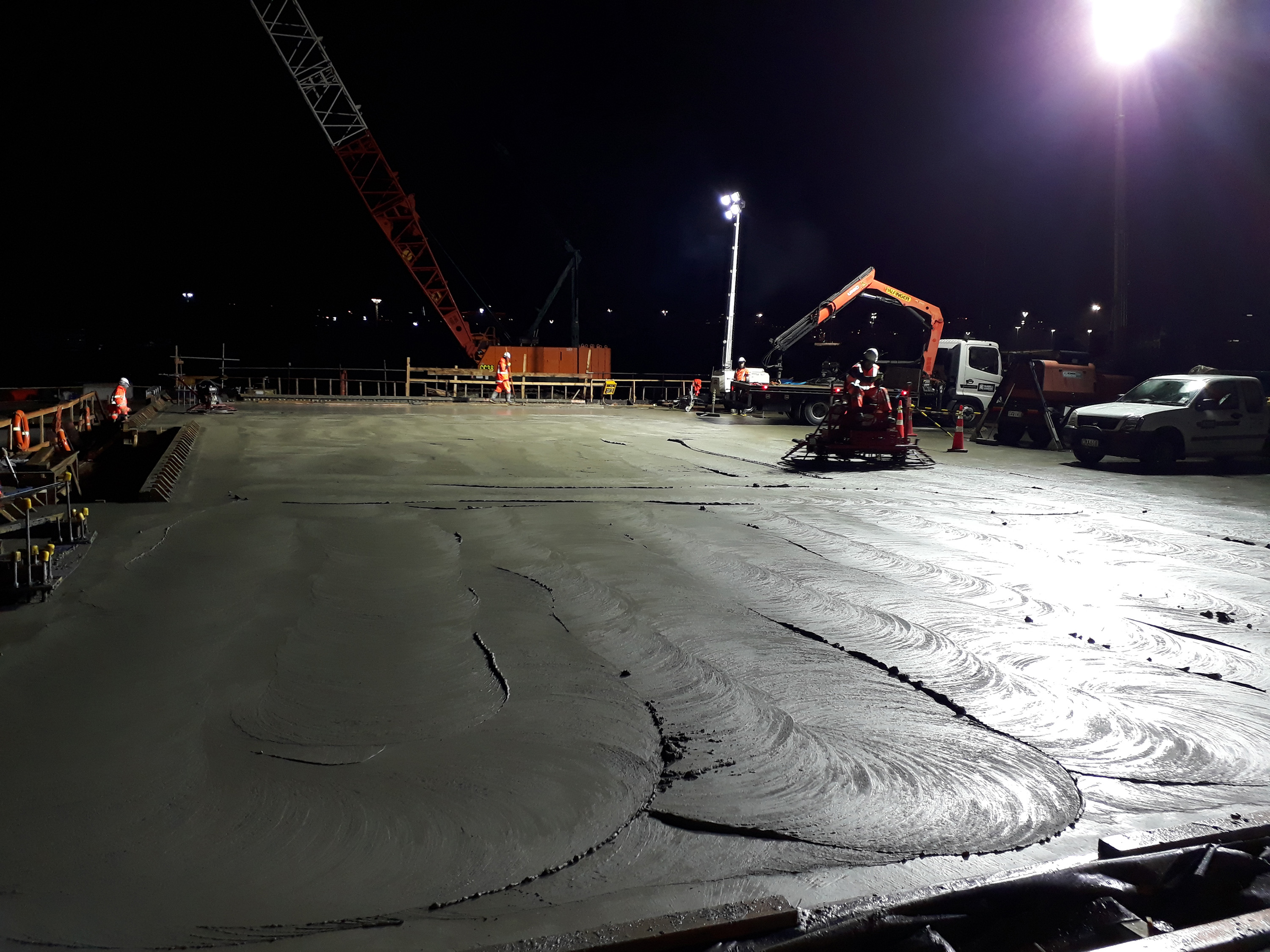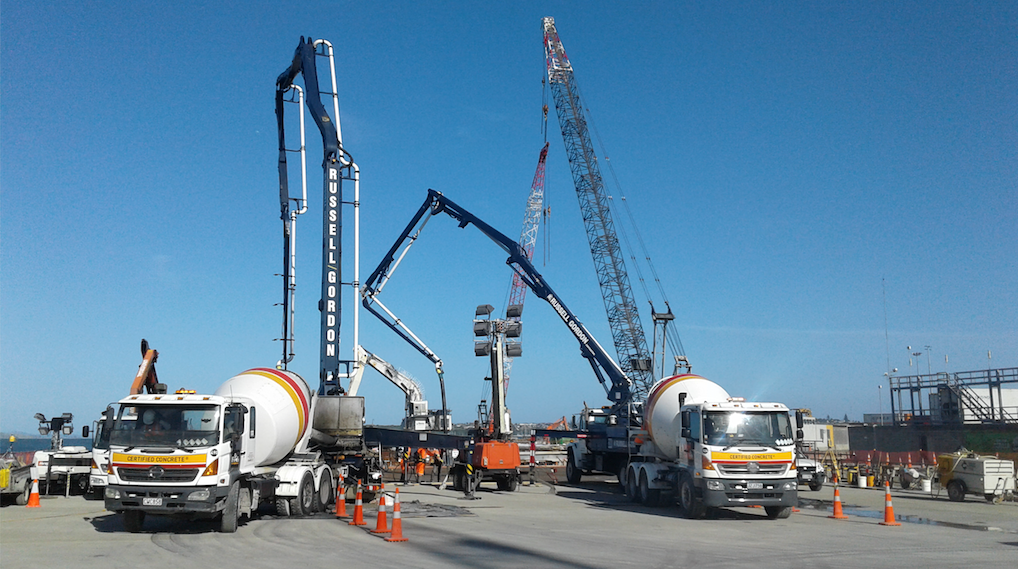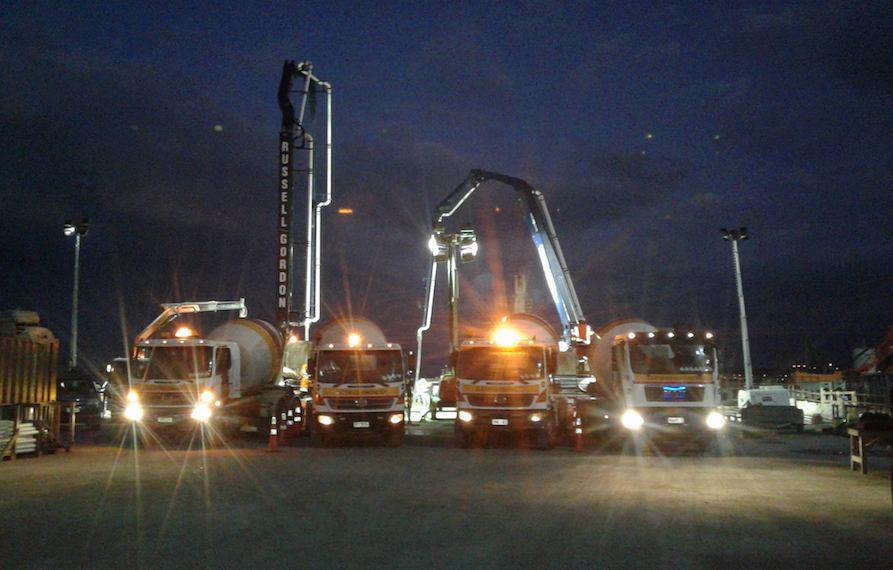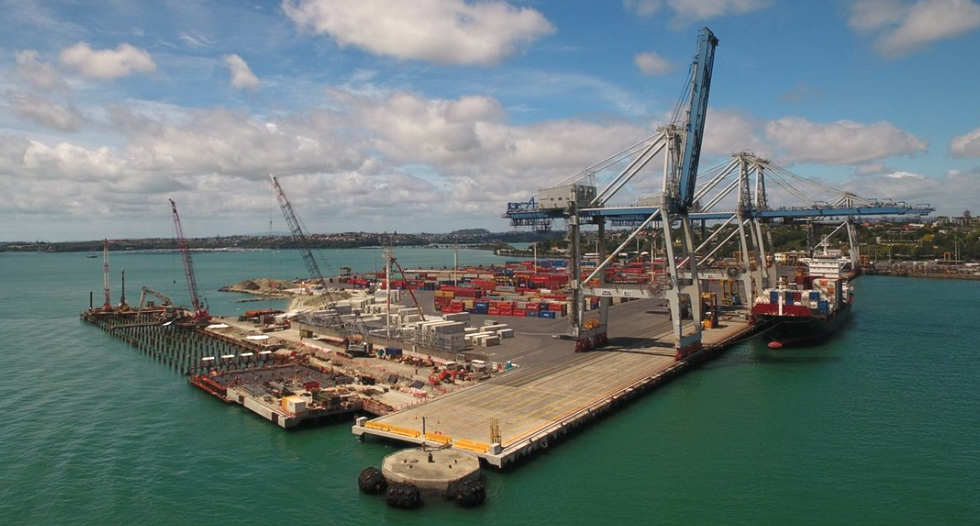
In 2017 Ports of Auckland completed a 10 hectare expansion of its Fergusson container wharf, giving the terminal a much needed third birth. The new 296m wharf, which future proofs the port and gives it the ability to cater for ongoing growth, was built by Fletcher Construction who utilised their infrastructure division, Brian Perry Civil (BPC), to undertake construction and other Fletcher businesses such as Firth who brought their concrete expertise to the party.
The Fergusson Container Terminal is the largest cargo terminal in New Zealand and is part of Ports of Auckland - the largest seaport in the country handling $26.4 billion worth of New Zealand imports and exports each year - roughly 30% of New Zealand’s trade.
The work included boring 284 piles up to 43 metres into the seabed below, the dredging of the harbour around the new wharf, the installation of 87 precast concrete panels plus 10,081m3 of specialist marine concrete.
“Concrete was a key ingredient in the construction of this new berth and of course we used the expertise of Firth,” explains Simon Bott, Superintendent for BPC. “Ports of Auckland had very strict requirements for strength testing of the concrete and Rob McKinnon, Firth’s Materials Manager, met with them and alleviated any concerns they might have had by explaining the testing regime and processes. Being a marine environment, Rob and the Firth team were required to develop specialist tremie mixes and there was also the durability component of the decking which required the addition of flyash. Firth were just brilliant throughout construction.”
“It was super busy working on this size project in the middle of downtown Auckland,” says Jamie Frew, Regional Operations Manager (Auckland) for Firth. “There were two aspects of the work for our teams. The piles - which we mainly poured in the afternoons - would typically be around 40m3, or twice that if there were two piles. Then there were the wharf slab pours that were in the vicinity of 600m3 per pour - or 120 loads using 20 trucks. The traffic congestion in downtown Auckland and to guarantee supply so we could also service all our other commitments, meant we started these big pours at about 1am which suited Simon and his team also.”
Jamie says he had the luxury of calling on several of Firth’s Auckland plants to ensure consistent supply for BPC. “We have multiple assets in close proximity to the wharves to ensure service and supply on a large scale project like this with minimum risk.”
“Most of the work has been completed and the Ports of Auckland have three new cranes to be installed in September,” adds Simon. “There are just minor bits and pieces to finish. From my perspective it all went very well and the collaboration between the Firth team and ourselves meant a very large project in a difficult location came together really well.”
To view a time lapse video of construction click here.
Unique Aspects:
- To maximise productivity, the BPC team developed a careful sequencing method for the piling works that used a range of innovative temporary works solutions. The team designed a bespoke piling platform that extended as piles were sequentially installed. The platform allowed the piling plant to reach piles further from the shore. This process continued with the drill rig cantilevered out over the water to construct each row of piles.
- The use of a travelling formwork system to pour the 700mm thick concrete deck.
- 55,000 tonne of rock contained in the revetment (retaining wall).
Principal: Ports of Auckland
Customer: Fletcher Construction / Brian Perry Civil
Consultant: Beca
Location: Ferguson Terminal, Auckland
Product: Firth Certified Concrete®
